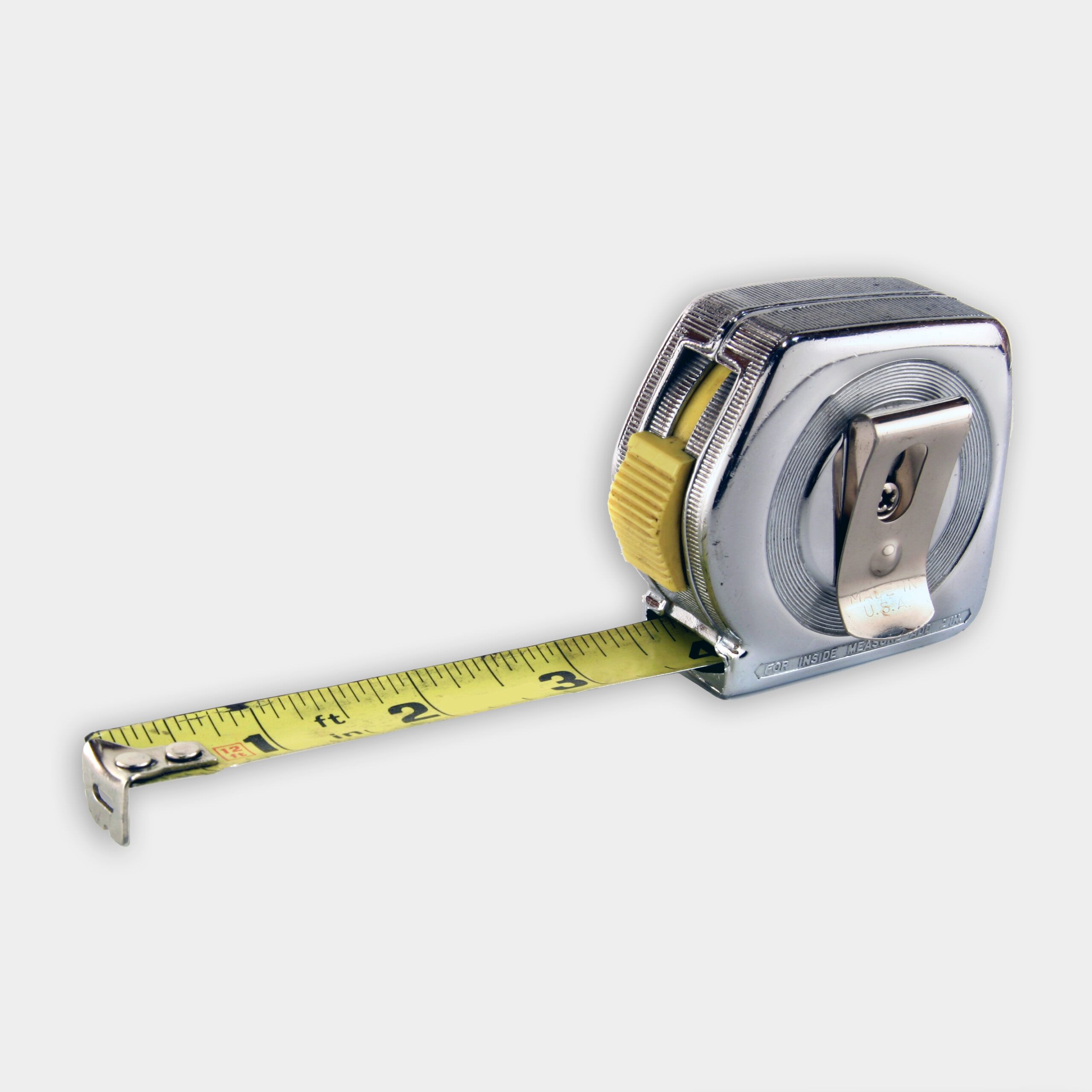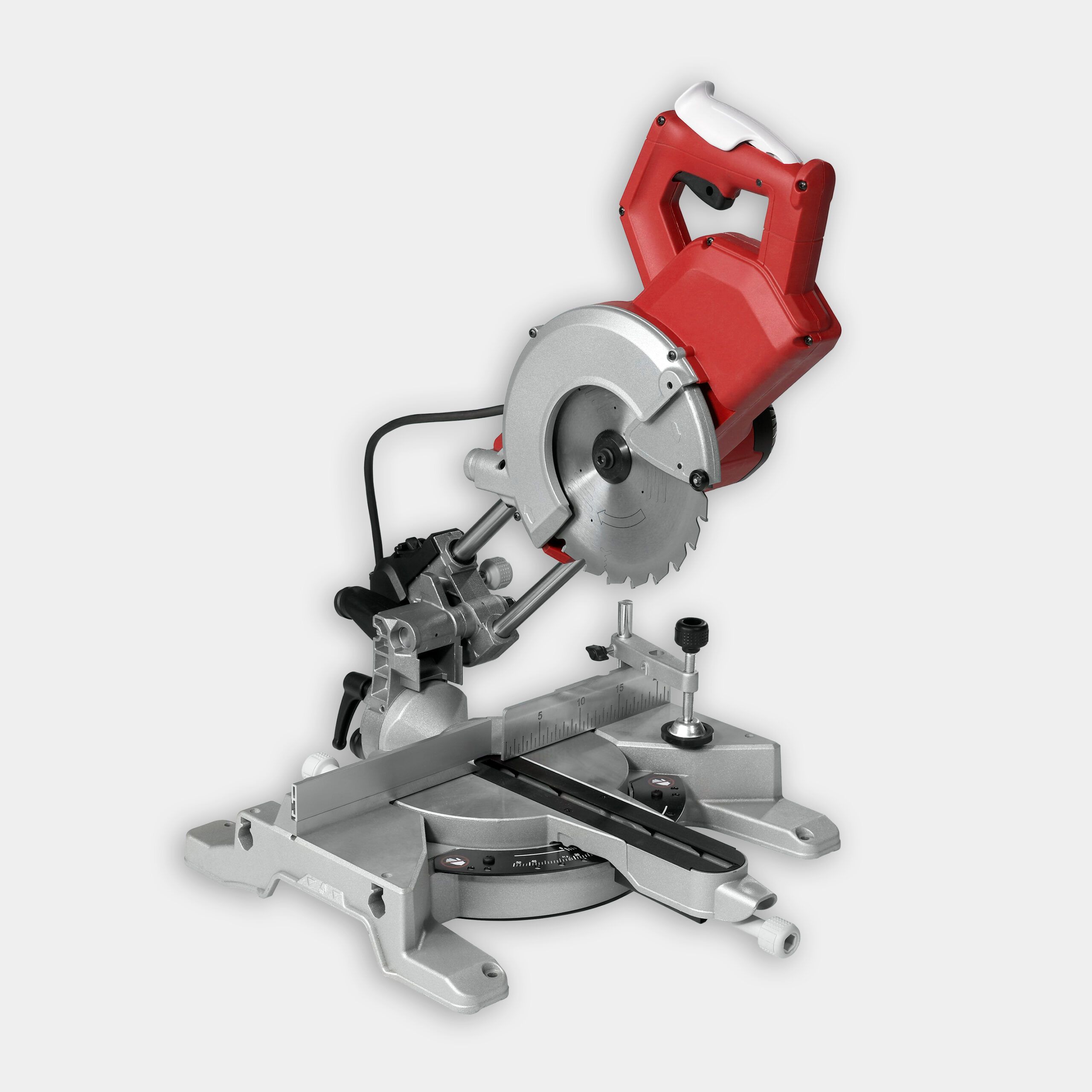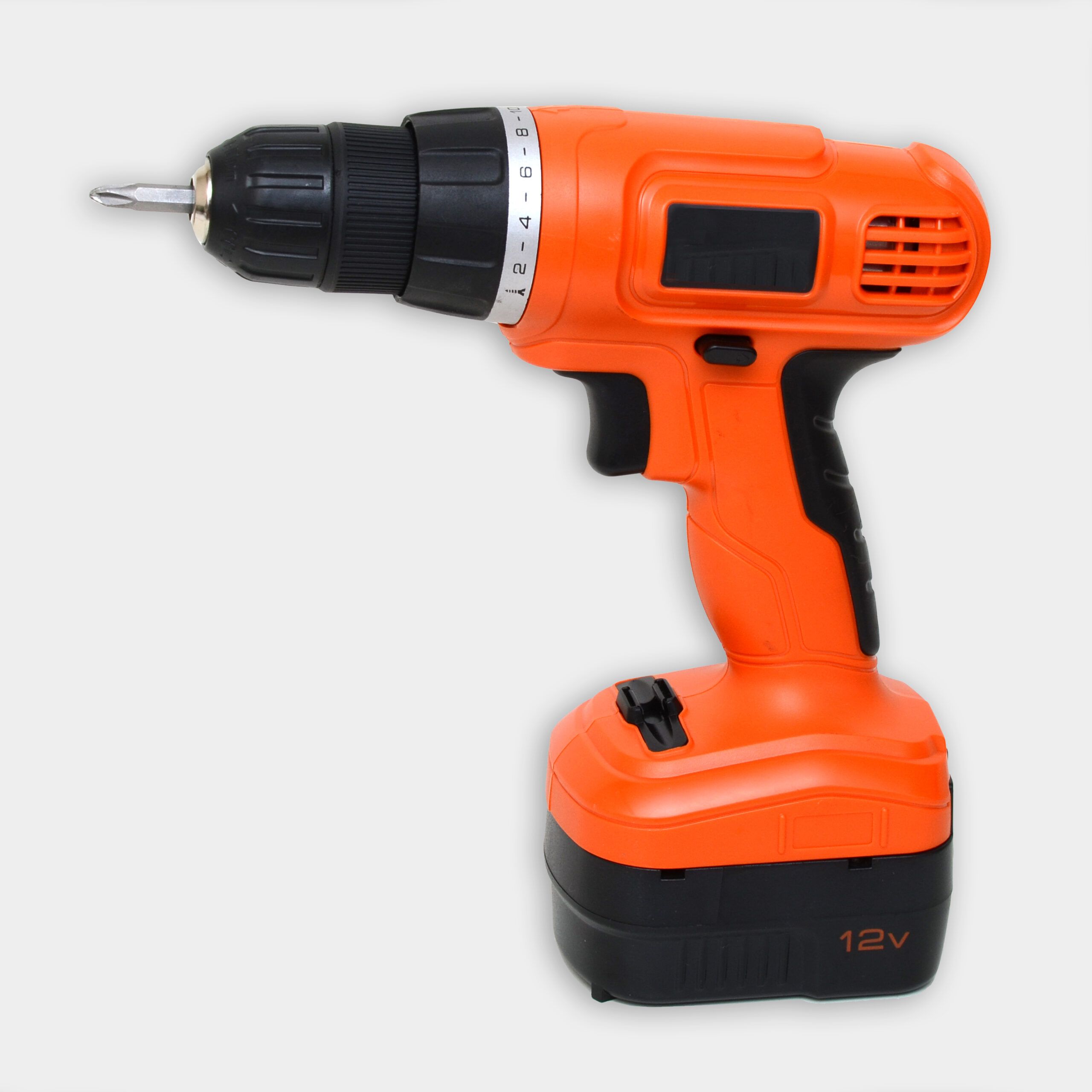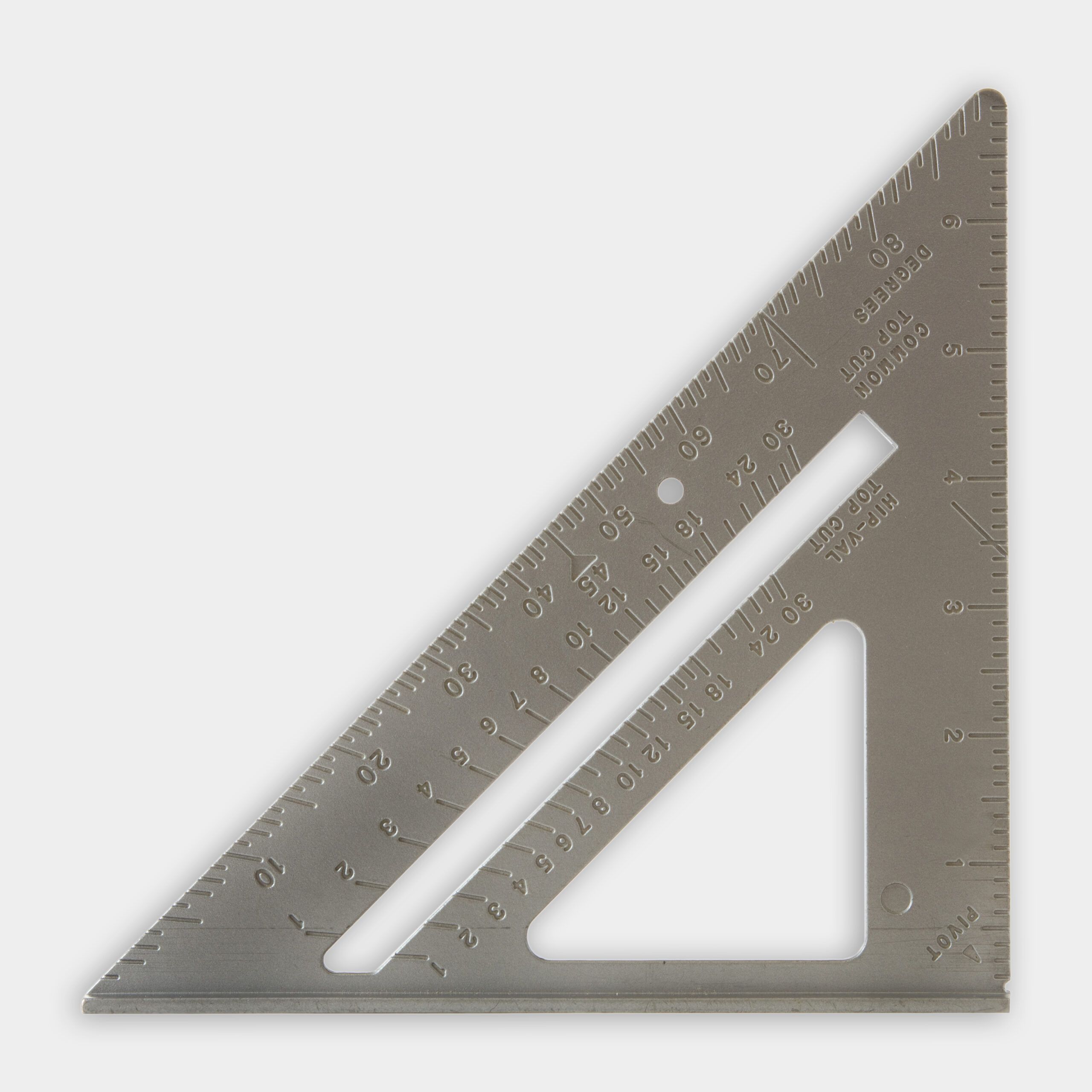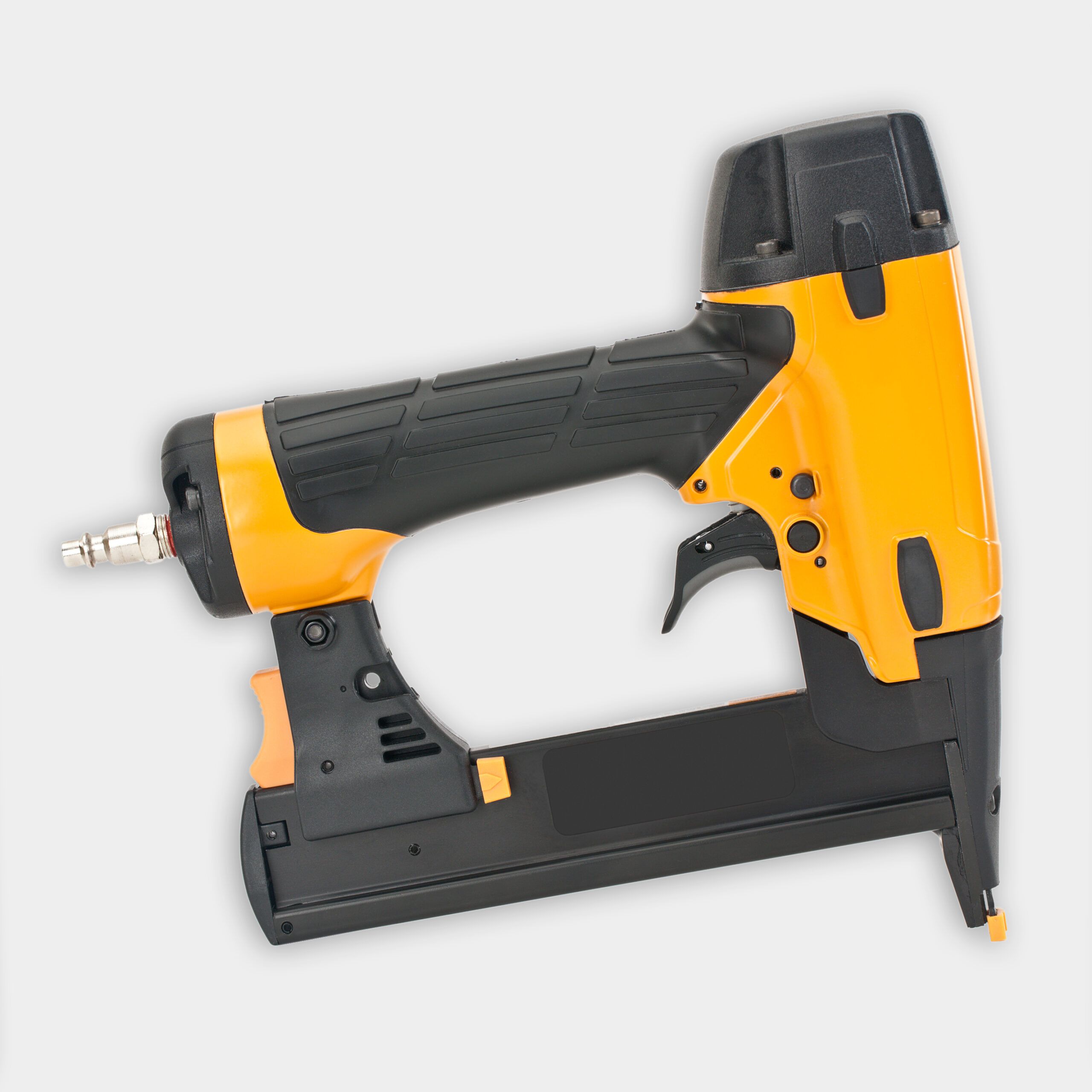Project details
Skill
Cost
Estimated Label
We may be compensated if you purchase through links on our website. Our team is committed to delivering honest, objective, and independent reviews on home products and services.
A mud kitchen is a fantastic addition to any outdoor play space, providing children with endless opportunities for imaginative play and sensory exploration. This do-it-yourself (DIY) project combines the joy of outdoor play with the creativity of pretend cooking, making it a hit among kids and parents. In the above video, Nathan Gilbert, a carpenter from This Old House, explains how to construct a durable and fun mud kitchen that will withstand the elements.
Planning Your Mud Kitchen
Before diving into construction of your mud kitchen, consider its location, size, and features.
Location
Choose a spot in your yard that’s easily accessible and visible from the house. Ideally, the area should have some shade to protect children from excessive sun exposure. Make sure the ground is level or that you can level it to provide a stable foundation for the kitchen.
Size
The size of your mud kitchen will depend on the available space and the number of children that will be using it. A typical mud kitchen is about 70 inches long and 21 inches deep, but you can adjust these dimensions to fit your specific needs. Keep in mind that the height should be appropriate for children, usually around 24 inches tall.
Features
Here are a few common elements found in a mud kitchen:
- Counter space
- Hooks
- Pretend stovetop
- Shelves
- Sink
Materials and Tools Needed to Build a Mud Kitchen
To build a mud kitchen, you’ll need a variety of materials and tools to make the project a seamless experience.
Materials
Gather the following materials before beginning your project:
- Black spray paint
- Cedar tongue and groove paneling for the back
- Composite decking for the countertop and shelf
- Cortex fasteners for the decking
- Hooks
- Pressure-treated 2x4s
- PVC boards
- Small utility sink
- Wood glue
- Wood screws and composite decking screws
Tools
Gather the following tools:
- Drill and driver bits
- Hole saw
- Jigsaw
- Miter saw
- Nail gun
- Speed square
- Tape measure
Building the Frame of a Mud Kitchen
The frame is the foundation of your mud kitchen. Follow these steps to construct a sturdy base:
- Cut the pressure-treated 2x4s to size using a miter saw. You’ll need four long boards for the fronts and backs of the counter and shelf and six shorter pieces to fit between them.
- Pre-drill and countersink holes in the longer boards at each end and in the middle.
- Assemble the frames by attaching the shorter pieces between the longer boards using wood screws.
- Cut the legs to length and mark the positions for the counter frame and shelf frame.
- Attach the counter frame and shelf frame to the legs, checking that everything is square and level.
In the video, Gilbert demonstrates how to assemble the frame efficiently, emphasizing the importance of proper measurements and secure attachments.
Installing the Countertop and Shelf for a Mud Kitchen
Here’s how to install the countertop and shelf:
- Cut the composite decking boards slightly longer than the assembled frame, allowing for about an inch of overhang on the ends and front.
- Secure the decking boards to the frame using composite decking screws and Cortex fasteners.
- Repeat the process for the lower shelf, keeping the boards shorter to accommodate a catch basin for water play.
Adding the Back and Shelving for a Mud Kitchen
A solid back and additional shelving improve the functionality and style of your mud kitchen. Setting this up involves the following steps:
- Cut two long braces from pressure-treated 2x4s and attach them to the back of the mud kitchen at either end.
- Install the cedar tongue-and-groove paneling to the braces using a nail gun.
- Create an additional shelf using cedar tongue-and-groove boards, supported by braces cut from pressure-treated 2x4s.
- Add a lip to the edge of the shelf for added safety and visual appeal.
Installing the Sink and Stove Features in a Mud Kitchen
To make the mud kitchen more realistic and functional, add a sink and stove features:
- Use the template provided with the utility sink to mark its location on the countertop.
- Cut out the marked area with a jigsaw and install blocking underneath for support.
- Install the sink using the provided retaining clips.
- Cut circles from PVC board to create stove burners and smaller circles from scrap 2x4s for knobs.
- Paint the burners and knobs black and install them with screws to create a pretend stovetop.
Adding Final Touches to a Mud Kitchen
The finishing touches will make your mud kitchen both functional and visually appealing:
- Install hooks across the back of the shelf for hanging toy cooking utensils.
- Add a water source for the sink. If plumbing isn’t available, use a large container that you can fill manually.
- Add play kitchen accessories, such as pots, pans, and utensils, to encourage imaginative play.
- Paint or stain the wooden parts of the kitchen to protect them from the elements and improve their appearance.
Decorative Elements
Adding decorative elements can elevate the overall look and feel of your kid-friendly mud kitchen:
- Educational tools: Place small chalkboards or labeled bins in the mud kitchen to help children learn while they play, encouraging them to read and follow simple instructions.
- Landscaping: Incorporate small plants and flowers around the mud kitchen to create a natural, engaging environment.
- Personalization: Paint names or fun designs on the wooden surfaces to give the kitchen a personalized touch.
Weatherproofing
Weatherproofing allows your mud kitchen to withstand the elements and remain a safe, fun play area for children. Apply a weather-resistant sealant to all wooden surfaces to prevent water damage and prolong the kitchen’s life. Additionally, you can use a tarp or custom cover when the mud kitchen isn’t in use to shield it from rain and harsh weather.
Maintenance and Safety for a Mud Kitchen
To make sure your mud kitchen remains safe and functional, follow these tips:
- Check for proper drainage to avoid standing water.
- Clean the kitchen periodically to prevent mold and mildew growth.
- Regularly inspect the structure for loose screws or damaged parts.
- Supervise children during play, especially when there’s water involved.
Routine Checks
Performing routine checks helps maintain the integrity and safety of the mud kitchen:
- Hygiene: Clean the play area with an all-purpose cleaner, including the sink and countertops, to keep the mud kitchen sanitary.
- Inspect hooks: Check hooks and hanging utensils for stability and safety, ensuring that they’re firm and not rusting.
- Structural integrity: Make sure all bolts and screws remain tight and replace any damaged wood promptly.
